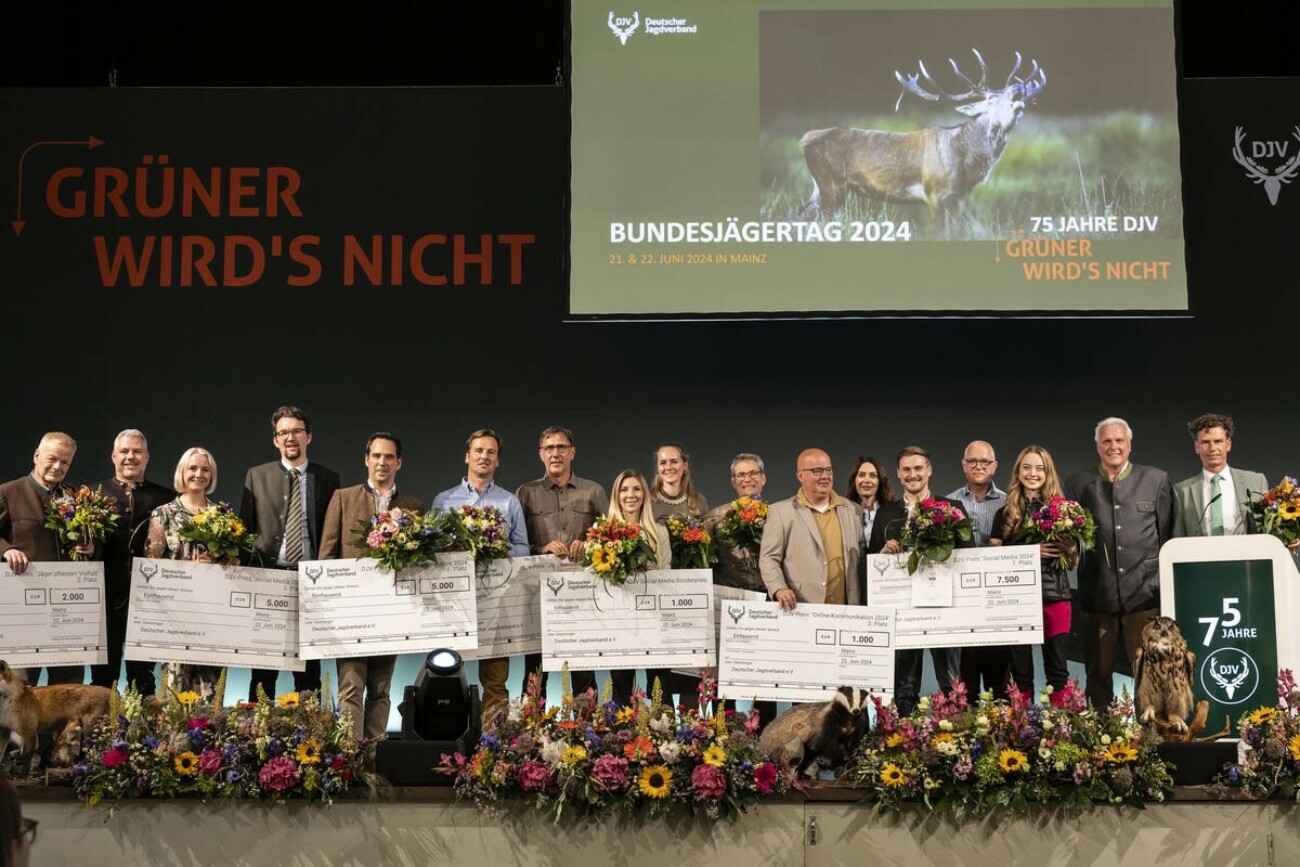FACE congratulates Jägerschaft Aurich e.V. for winning first place in the DJV Special Prize “Hunters Plant Diversity.” Since 2012, their exemplary project, “Scattered Fruit Meadows – Balsam for the Lowland,” has achieved incredible results in biodiversity conservation. The initiative has seen the planting of approximately 13,000 apple, pear, plum, and cherry trees across over 200 scattered fruit meadows, spanning more than 160 hectares. These efforts have provided critical retreat and resting zones for a wide range of bird, insect, and mammal species.
The cultural and ecological significance of orchards in East Frisia further highlights the importance of this initiative. Historically a defining feature of the East Frisian landscape, scattered orchards are deeply embedded in the region’s heritage. The Aurich Hunting Association has successfully revitalized this tradition by creating habitats that contribute not only to biodiversity but also to sustainable agriculture, enhancing the populations of animals, insects, and plants.
Policy Relevance
This project aligns directly with the objectives outlined in the FACE Biodiversity Manifesto (BDM), which emphasizes the role of hunters in advancing biodiversity across Europe. The project’s contribution to habitat creation and species protection demonstrates the potential of bottom-up initiatives to complement EU biodiversity policies such as the EU Biodiversity Strategy for 2030 and the Nature Restoration Law. By leveraging synergies between hunters and local communities, the initiative underscores the importance of integrated approaches to landscape restoration, in line with the EU’s commitments to reversing biodiversity loss.
The Aurich Hunting Association’s work exemplifies how hunters can act as stewards of the environment, translating policy ambitions into measurable, on-the-ground outcomes. Their focus on the cultural heritage of orchards and sustainable agriculture reinforces the importance of integrating local traditions into modern biodiversity strategies. This initiative serves as a valuable example for stakeholders across Europe, showcasing how nature conservation can be effectively achieved through cooperation and local engagement.
Beyond habitat creation, hunters’ active public outreach has been integral to the project’s success. Through their information mobile, they engage with the public at events such as Thanksgiving festivals, rural exhibitions, and regional fairs, fostering understanding and cooperation between hunters and non-hunters. By highlighting the ecological, cultural, and practical benefits of hedgerows and fruit meadows, this initiative serves as a model for collaborative conservation efforts.
For more information about the project, visit: www.jaegerschaft-aurich.de. Watch their video showcasing this inspiring project: YouTube link.
For more information please check out:






